Cyber Security
Ethical Hacking
Malware
Malware {malicious software } as we hear the word we get that there is something suspicious about it, as we all know that is software that is dangerous in the world of computers & computer network world, the software can cause extensive damage to data and systems or gain unauthorized access to a network.
-
In 1990 Yisrael Radai, a computer scientist and security researcher used the word MALWARE.
-
The father of malware is Frederick B. Cohen, he started an experiment that could infect a computer & it was also able to spread from one to another computer.
-
The world’s first malware or virus was made by Pakistani brothers named Basit and Amjad Farooq Alvi who ran a computer store & The first virus name is BRAIN as it was reported by secure list reports.
Malware is mainly used by Hackers As so many people don’t know what is a malware As if some people know what is a malware they don’t know that it has so many types in it like it has been mentioned below 👇
- First is Ransomware, a type of malicious software (malware) that threatens to publish data or permanently block access to data unless a ransom is paid. It can be used to target individuals, organizations, businesses, and critical infrastructure. Ransomware is one of the most dangerous and prevalent cyber threats, as it can lead to serious financial losses and reputational damage. It is also increasingly being used as a tool for espionage and political attacks. Victims need to understand the risks associated with ransomware and take the necessary steps to protect their systems from this threat. Moreover, organizations should have a comprehensive plan to detect, respond to, and recover from ransomware attacks.
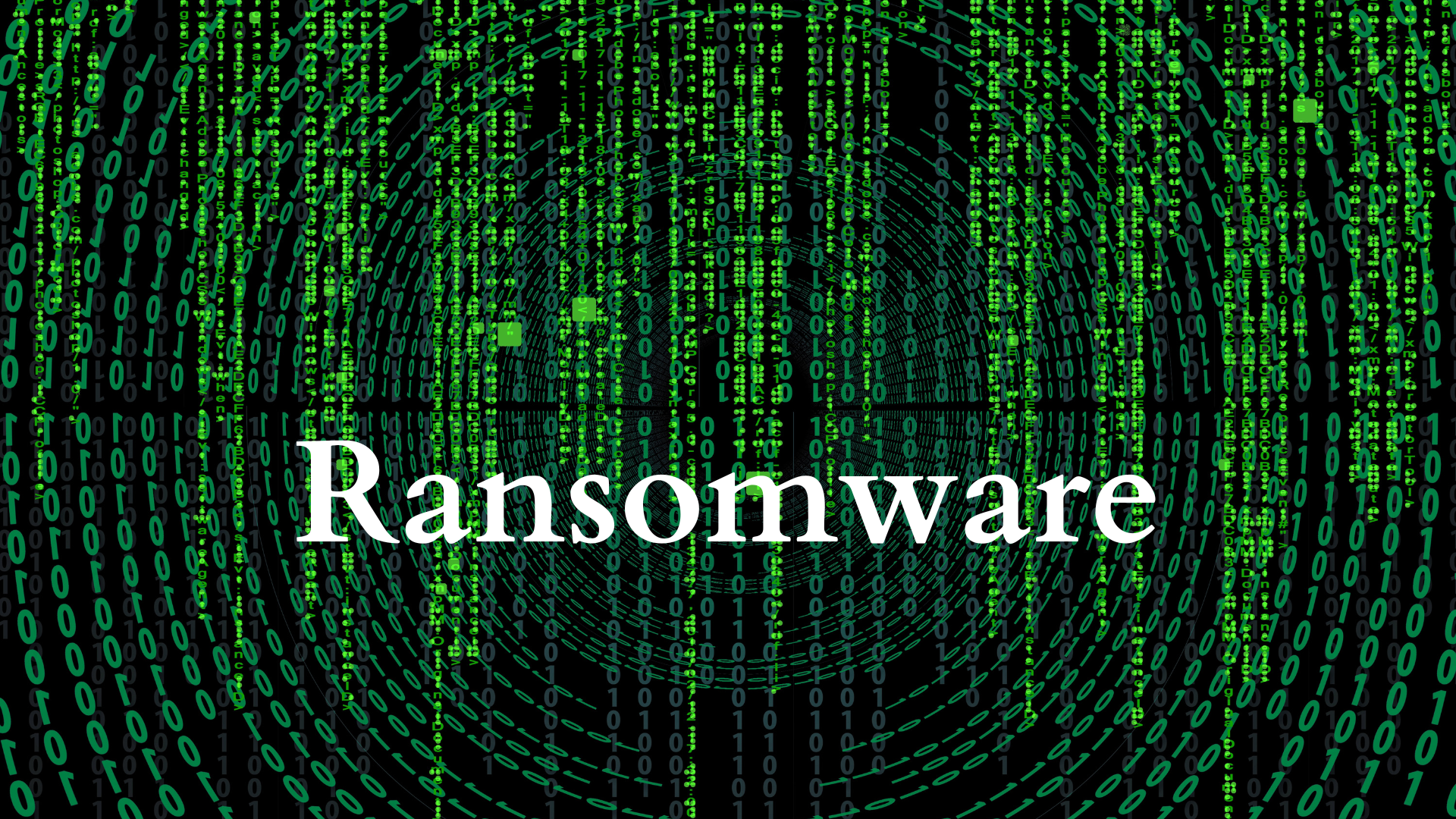
- Second is Fileless malware is a malware/virus which is used to steal sensitive information, install additional malware, or gain control of a system. It is important to keep software up to date and to be cautious when downloading and opening files, especially from unknown sources. Additionally, having reliable anti-virus software and regularly updating it can help protect against file-less malware and other cyber threats.

- Third is Spyware is a malware/virus which collects the information of the user without any type of consent from the user, It can collect the user's data or information, passwords, pins, banking information, etc. Spyware can be used in mobiles & applications also. It can also be used to create backdoors for hackers to gain access to the device, resulting in severe security risks. Spyware can be very hard to detect and can be highly damaging, so users should always take steps to protect their computers and mobile devices from such malicious software.
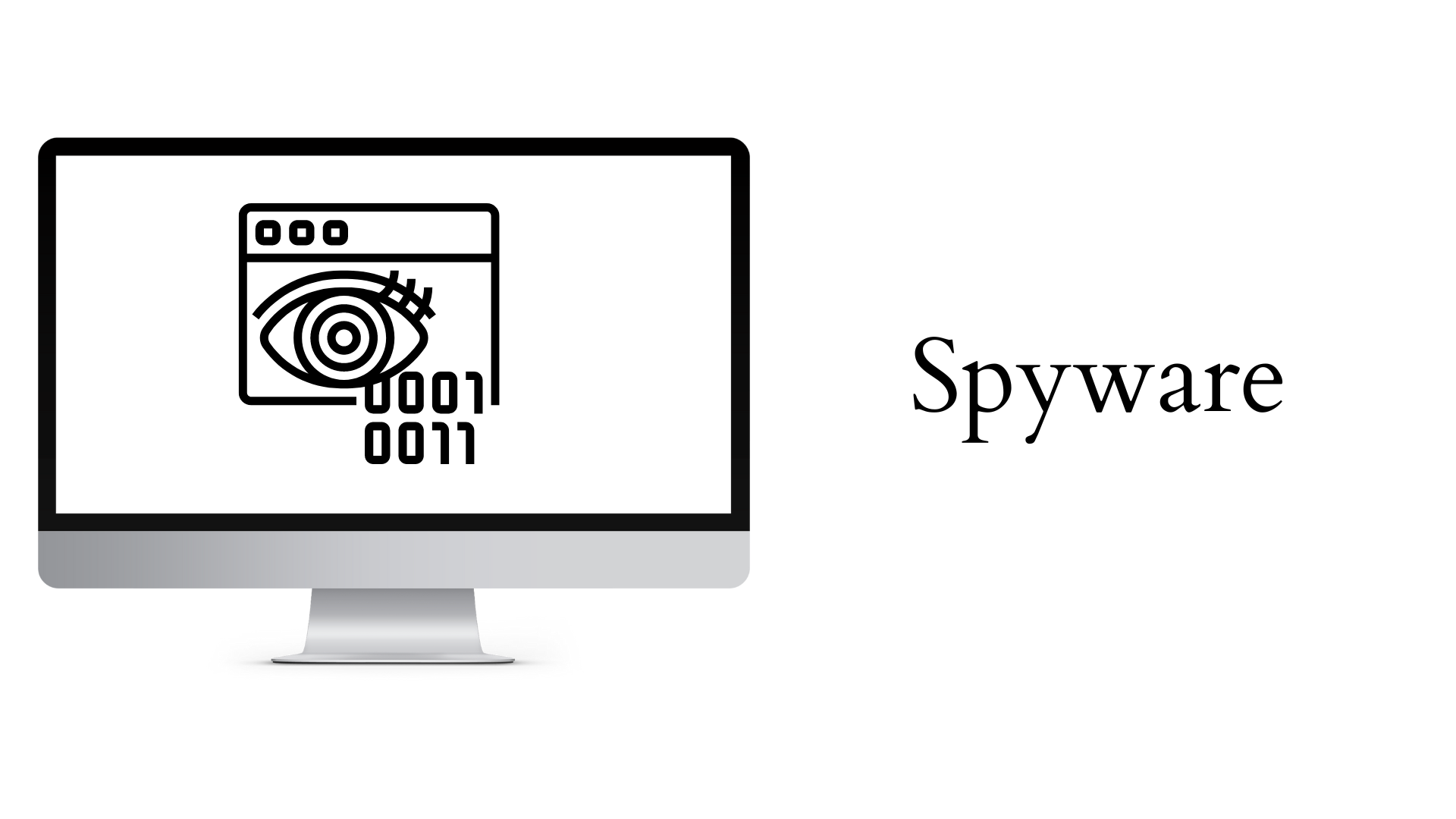
- Fourth is Adware. We can use it as spyware. it collects or we can track all the information that users search in the browser & determine which ads to serve us. It also collects all types of activities like where we have traveled, what we have purchased, and who are our friends. it collects the information & shares or sells it without the user’s consent.

- Fifth is that Trojan can disguise itself as any type of software. Once it has been downloaded by an unsuspecting user, a trojan can take entire control of the user's system & the control could be taken for malicious purposes, it may be hidden in apps, games, emails, etc. Trojans can be difficult to detect and remove, as they often hide their activities and do not exhibit symptoms like other malware. It is important to keep software up to date and to exercise caution when downloading and installing new programs, as well as to have reliable anti-virus software installed.

- Sixth is Worms target the weakness or vulnerabilities of the user’s system & get installed into the user’s network. They can get several access in many ways such as through software vulnerabilities or flash drives, they can steal sensitive data, or can do ransomware attacks on users’ systems.

- Seventh is Virus can get itself to an application & executes when the application runs. when the virus gets into a network, it may steal sensitive data like files, personal/confidential pictures, etc. & DDoS { Distributed Denial Of Service } or Ransomware attacks

- Eighth is Rootkits is software that gives access to hackers or we can also call malicious actors remote control of victim’s devices with full access permission Rootkits can be injected in apps, hypervisors { a program used to run and manage one or more virtual machines on a computer }. They can through phishing emails or mail with unknown attachments which are downloaded by the victim.
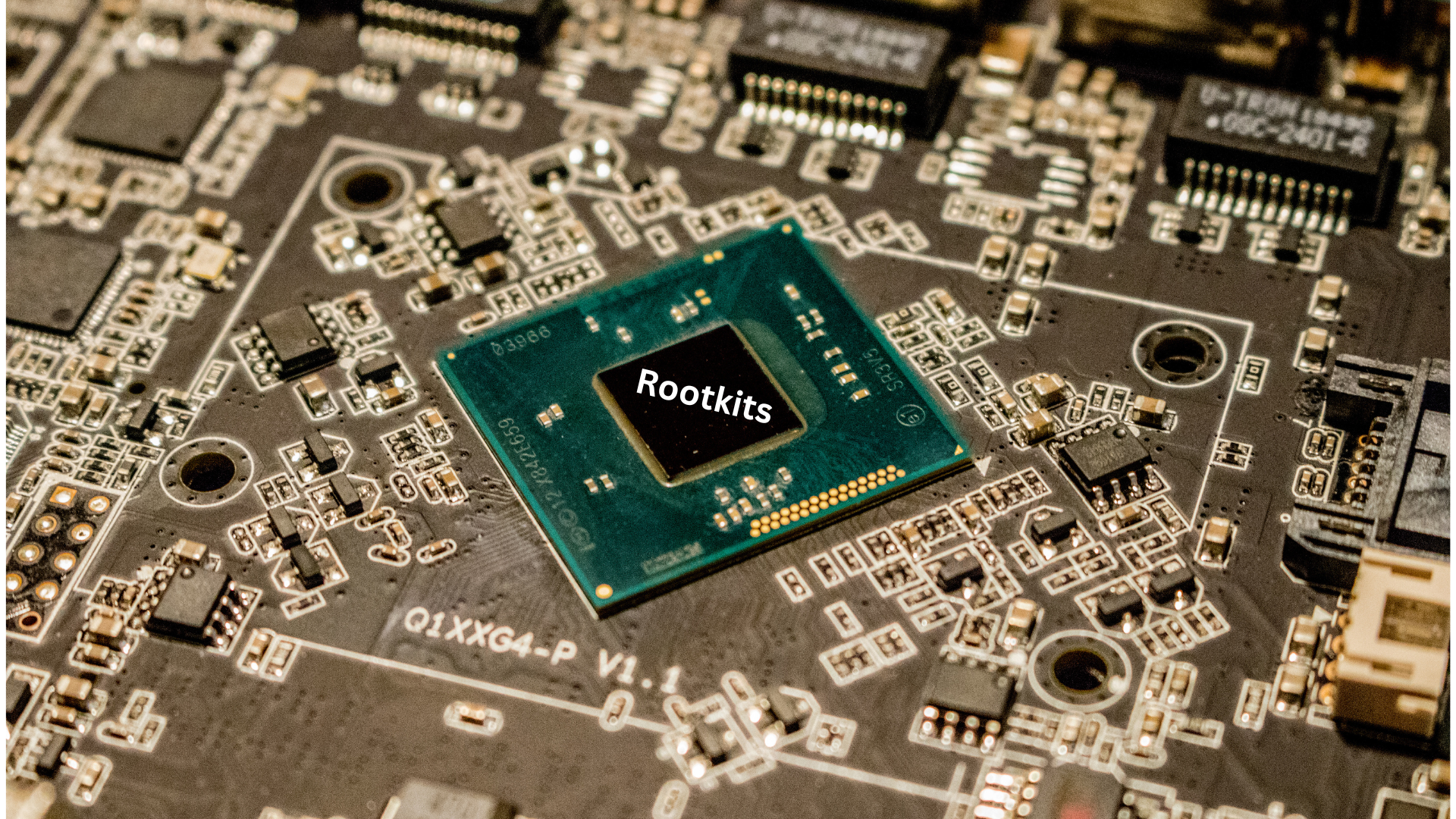
- Ninth is Keyloggers, the type of spyware that captures keystrokes. It is often used by cybercriminals to steal sensitive information such as passwords, credit card numbers, and personal details. Keyloggers can be installed without the user's knowledge, making them difficult to detect and prevent. They can be used to monitor employees in a company setting, but this practice is considered unethical in most cases. It is important to install trusted anti-virus software and keep it updated to protect against keyloggers and other types of malware.

- Tenth is Bots / Botnets also known as robots, which are automated software programs that can perform tasks or automate processes. Botnets are collections of infected devices controlled by a common threat actor. These devices can be used to launch coordinated attacks, such as distributed denial-of-service (DDoS) attacks, spamming, and the spread of malware. They can be difficult to detect, as they often hide their activities and blend in with normal network traffic. It is important to keep software and devices up to date, avoid downloading files from untrusted sources, and use reliable anti-virus software to help protect against botnets and other cyber threats.
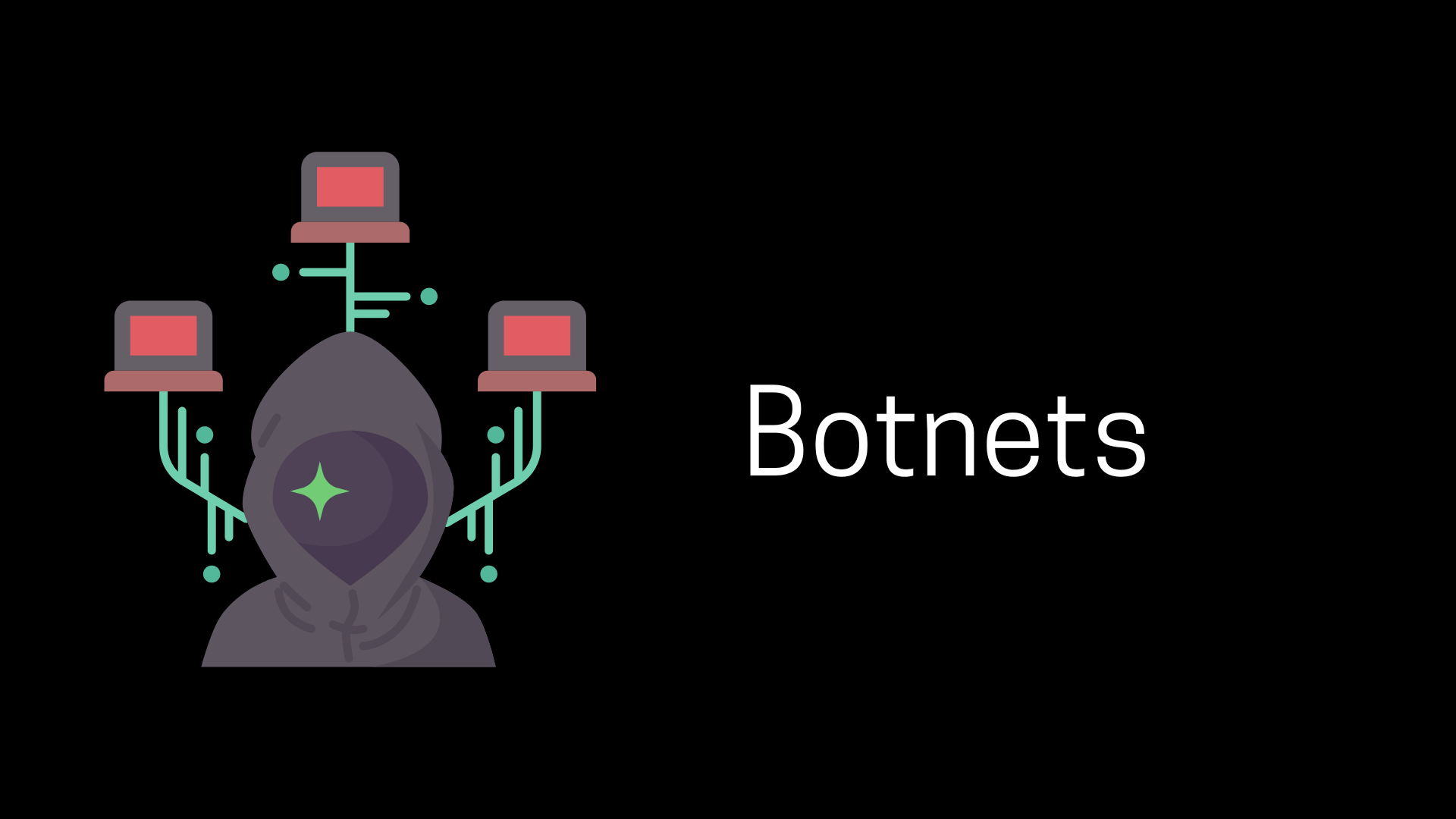
- Eleventh is Mobile Malware is a type of malicious software that targets smartphones, tablets, and other mobile devices. It can get into the device through unwanted applications, unknown texts, unknown mail & many more. It can be used to steal sensitive information, spy on the device's user, or use the device as part of a larger botnet for malicious purposes. It is important to be careful when downloading and installing apps, especially from untrusted sources. It is also recommended to keep the operating system and apps up to date and to use a reliable mobile security solution to help protect against mobile malware and other cyber threats.
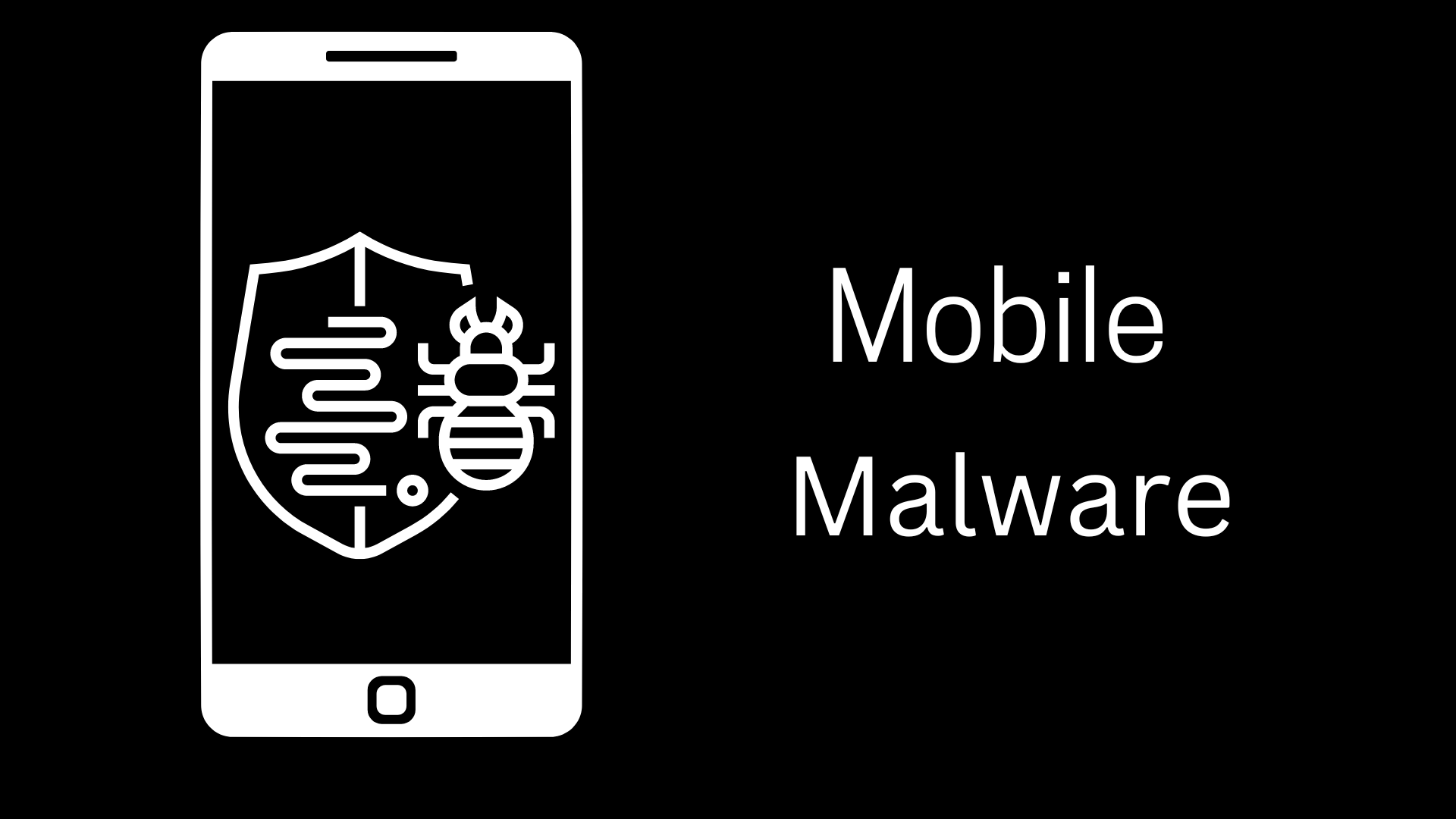
- Twelveth Wiper Malware is a type of malicious software that is designed to destroy or erase data on a target device or network. Unlike other types of malware, the goal of wiper malware is not to steal information, but to cause disruption and damage. It can be spread through the mail, and removable devices like pen drives, hard drives, etc. It can be used for politically or financially motivated attacks and can cause widespread damage to businesses, governments, and critical infrastructure. it is difficult to detect and recover from, and in some cases, data loss may be permanent.
